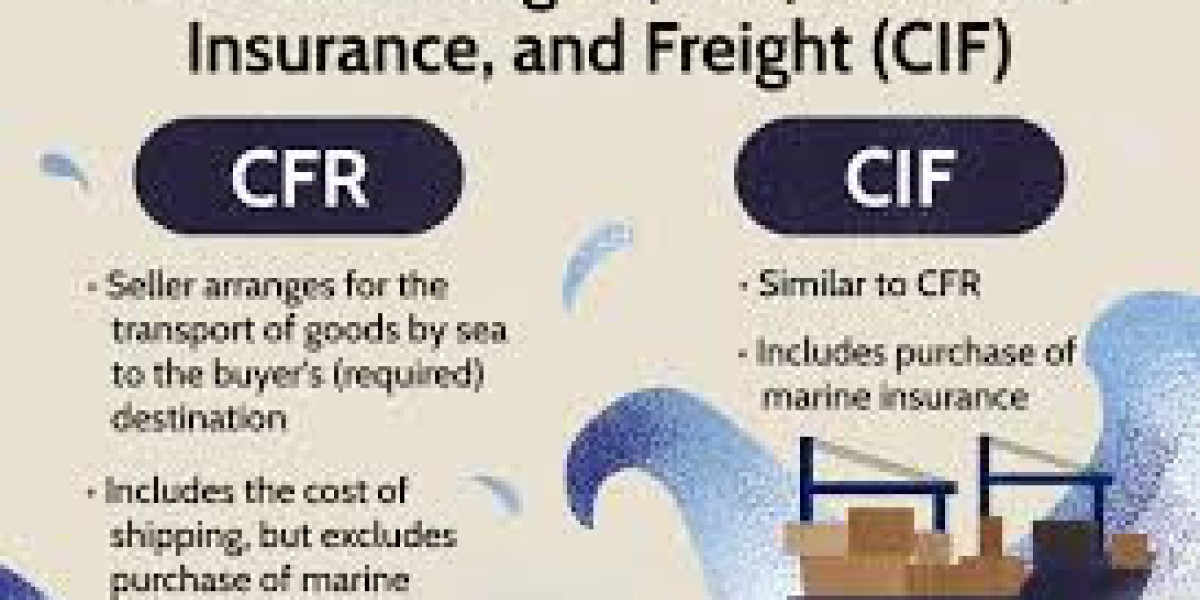This article provides an introduction to time charters https://danil-hristich.com/en/time-charter-and-voyage-charter-general-guide/ and voyage charters.
Types of Charters in Shipping
There are three primary types of charters in shipping:
- Voyage charter
- Time charter
- Bareboat charter (demise charter)
Charters are often likened to taxis for ease of understanding.
Voyage Charter
Let's illustrate with an example:
Sergey orders an Uber to get to work. He pays based on distance and traffic conditions, without worrying about gas or the driver’s wage. If the car waits longer than 3 minutes for Sergey, he pays for the extra wait time. If the driver breaks traffic rules, Sergey isn't held responsible (though his boss might scold him for being late).
Now, consider this in the context of a voyage charter:
Poseidon charters a vessel to transport 15,000 tons of wheat from Varna to Barcelona. The freight rate is $30 per ton. The loading and unloading rate is 5,000 tons per working day, and the demurrage rate is $2,000 per day.
Breaking this down:
- Port of loading and discharge: A charterparty may specify more than one port.
- Freight: The charge for the carriage of goods, usually calculated per ton of cargo, but sometimes fixed.
- Laytime: The time allowed for loading and unloading, typically stated as a rate per day.
- Demurrage: The fee for waiting time beyond laytime.
- Shipowner's responsibility: Includes the actions of the master and crew. The shipowner could be the registered owner or a time/bareboat charterer.
In a voyage charter, the shipowner pays for fuel, crew wages, port charges, and other vessel-related expenses, which are included in the freight rate. The shipowner also covers vessel repairs.
The charterer's main duty is to provide the cargo and pay the freight, while the shipowner manages everything else.
Time Charter
A time charter is akin to renting a car with a driver. Going back to Sergey:
Sergey goes on a two-week business trip to London and rents a car with a driver. He pays a daily rate regardless of usage and covers petrol and parking fees. He doesn’t pay the driver’s wage or traffic fines.
In a time charter, the vessel isn’t chartered for a specific cargo from point A to B but for a set period. The shipowner provides and pays for the master and crew, as well as the vessel's insurance, and is responsible for their actions.
A time charterer has more responsibilities:
- Hire: Instead of freight, the charterer pays a fixed fee for using the vessel, usually on a monthly or semi-monthly basis.
- Costs: The charterer covers fuel, port charges, loading and unloading costs, agency services, etc.
- No laytime or demurrage: The charterer uses the vessel at their discretion.
Main Terms of a Voyage Charter and a Time Charter
Charterparty terms can be implied or express. Implied terms apply automatically by fact or law, even if not mentioned. Express terms are explicitly stated in the charterparty.
Implied Terms
Key implied terms include:
- Providing a seaworthy vessel at the start of the voyage
- Proceeding with reasonable dispatch
- Avoiding unjustifiable deviations
- Not shipping dangerous goods without notice
- Nominating safe loading and discharge ports
This list is not exhaustive.
Voyage Charter Terms
Key terms include:
- Ship’s name and description (IMO number, flag, class, year built, tonnage, etc.)
- Vessel location at the time of the charter
- Expected readiness date for loading
- Cargo description and quantity
- Loading and discharge ports
- Freight rate
- Laydays and cancelling date (the loading/discharge period and the date after which the charterer can terminate the charter if the vessel hasn’t arrived)
- Notice of Readiness (rules for notifying readiness to load or discharge)
- Loading and discharge rates
- Demurrage and dispatch
Time Charter Terms
Key terms include:
- Ship’s name and description (IMO number, flag, class, year built, tonnage, etc.)
- Hire period
- Trading limits (geographical limits where the vessel can operate)
- Delivery and redelivery provisions
- Laydays and cancelling (the charterer’s right to terminate if the vessel is not delivered on time)
- Hire rate and payment procedure
- Off-hire (periods where the charterer doesn’t pay because the vessel is unavailable, e.g., due to a breakdown)
- Bunker fuel quantity and payment
- Allowed cargo
- Excluded cargo (prohibited by the shipowner)
- Speed and bunker consumption
- Liability allocation between charterer and shipowner
Bareboat Charter
This article doesn’t cover bareboat (demise) charters, but to continue the analogy with Sergey, a bareboat charter is like renting a car without a driver. For more details on bareboat charters, you can read further here.





